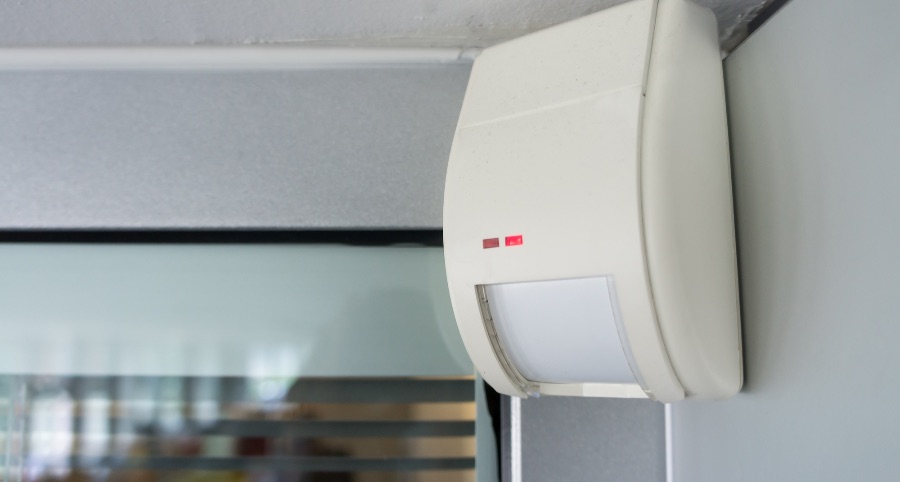How Do Motion Detectors Work In Peoria?

You’ve probably got a fairly decent understanding of what motion detectors do solely based on their name. Of course, they identify motion, but how exactly do they work? Take a minute to explore the technology that powers them and the many kinds of sensors you might come across. You’ll achieve a deeper understanding of how they work and how you are able to incorporate them into your contemporary smart home.
What is the technology that drives motion detectors?
Detecting activity can be performed in a number of different ways, but motion detectors are ordinarily placed into either of these two categories - active or passive.
● Active motion detectors: These devices are deemed active, as they regularly transmit signals like microwaves and then measure the rate of response. Movement is indicated when the response time changes. Even though microwave sensors are most prevalent, you’ll also find active motion detectors that utilize sound waves or infrared light.
● Passive infrared (PIR) motion detectors: Frequently seen within home defense systems, PIR motion detectors work by noticing changes in the ambient temperature. In essence, the device detects what the normal temperature is supposed to be within a given area. If there are rapid surges of heat, like a burglar skulking through the space, the sensor observes it and initiates your alarm. Since they aren’t continuously transmitting signals, passive detectors generally need less power and are more economical to operate.
In addition to active and passive, you could encounter hybrid devices that utilize multiple technologies. These can help reduce false alarms, as every sensor has to be activated before the alarm is prompted. Additional alternatives include vibration motion detectors and tomographic devices that are commonly utilized in larger industrial spaces.
How to use Peoria motion detectors
The chief purpose of motion detectors is to spot activity within a specified area, generally as far as 50 feet away. You’ll commonly find them incorporated into outside floodlights or as freestanding devices within your residence. When activity is sensed, they’ll trigger your alarm and notify your 24/7 monitoring agents.
But present-day motion detectors are more adaptable than at any time before. In fact, they can interact directly with other smart devices. To illustrate, if activity is discovered, they can trigger your lights to switch on or your surveillance device to begin recording. They might even alert your smart thermostat to modify the temperature.
Receive immediate notifications and adjust settings for pets
Another significant benefit of contemporary motion detectors is that you’ll get instant alerts delivered to your smartphone each time the sensor is tripped. If you own pets, you can even prevent false alarms by adjusting settings to take into account the size of your furry family members.
Design Your Vivint Smart Home With Motion Detectors in Peoria
Now that you have a better understanding of how motion detectors work in Peoria, it’s time to include them into your fully integrated smart home. Vivint’s motion detectors cover large areas, offer wide-angle detection, and last for years without needing a change of battery. They’ll also work in perfect unison with your additional home automation tools. Are you prepared to begin? Dial (309) 332-1063 to converse with a skilled Vivint representative today.